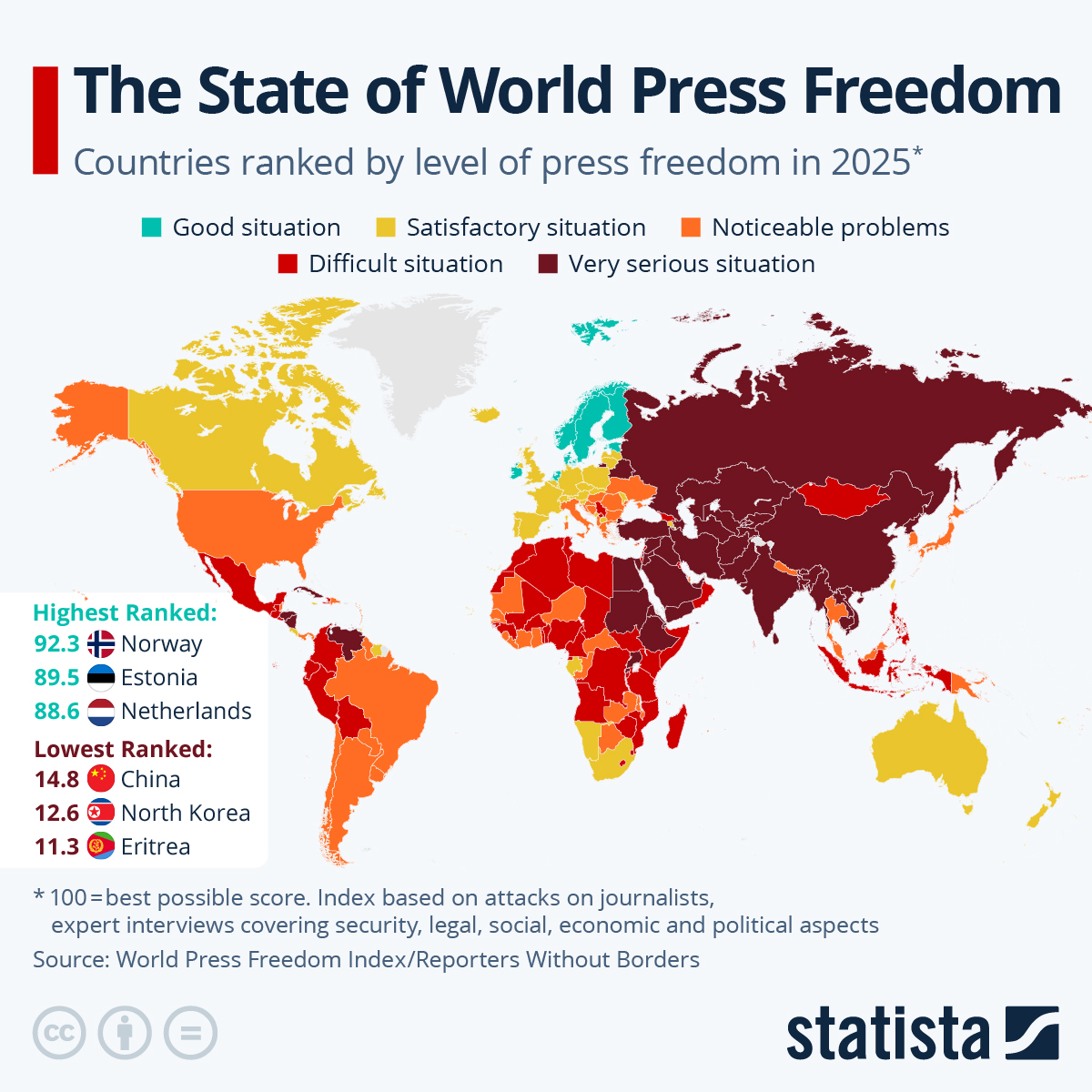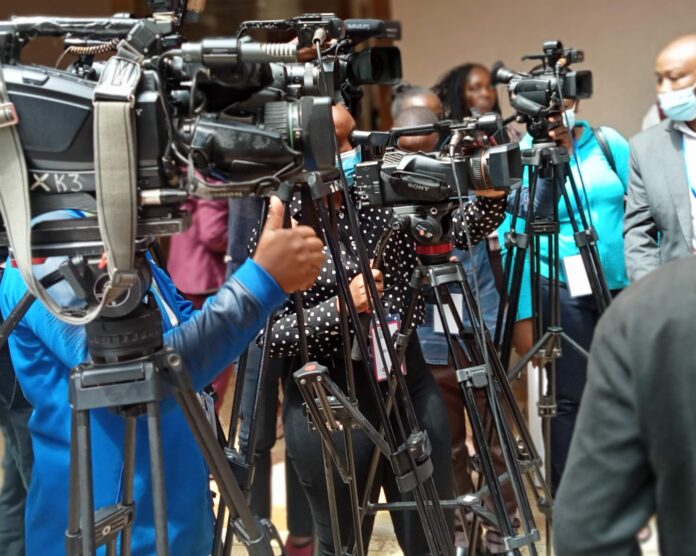By Roseleen Nzioka
Nairobi, Kenya: Kenya has plummeted to the 116th position on the World Press Freedom Index 2023, according to an Index by Paris-based Reporters Without Borders (RSF).
This represents a fall of 47 positions just within a year. Kenya was ranked at position 69 in the 2022 report.
The startling statistics were revealed by the Media Council of Kenya during Kenya’s national celebrations of World Press Freedom Day marked in Nairobi on May 3.
Mr. Henry Maina, a Commissioner of the Media Complaints Commission of the Media Council of Kenya, said that while several other African and Asian countries had improved in their press freedom, Kenya had slipped drastically revealing major weaknesses in the political, economic, and social contexts within which journalists work.
Mr Maina called for a multi-stakeholder approach to addressing media issues citing the success of this approach that led to the establishment of Access to Information Laws not only in Kenya but in other countries too.
He advocated for media and society to embrace formal dispute resolution mechanisms both within newsrooms and sector-wise.
The World Press Freedom Index is published yearly during the global World Press Freedom Day observed globally on May 3rd, and assesses the level of freedom available to the media in 180 countries and territories.
Although guaranteed by the 2010 constitution, respect for press freedom in Kenya is highly dependent on the political and economic context. According to the RSF report, A Pakistani journalist’s murder in Kenya in October 2022 highlighted the dangers that journalists face in the country.
The Kenyan broadcasting sector is rich and diverse, with more than 100 radio stations and nearly 50 TV channels. Royal Media Services is the biggest privately owned broadcast media group, with 14 radio stations and three TV channels, Citizen TV being the most popular. The print media are much less developed, with just four daily newspapers dominating the market. The Nairobi-based Nation Media Group dominates the media landscape in Kenya and East Africa, the report said.
“Freedom of the press is enshrined in the constitution, but the 20 or so laws regulating journalism in Kenya include many provisions that challenge press freedom’s basic principles. The 2018 Computer Misuse and Cybercrimes Act, for example, provides for sentences of up to 10 years in prison and a fine of 40,000 euros for the dissemination of “fake news” liable to incite violence. Access to state-held information is still very difficult despite the adoption of a law on the subject,” said the RSF report.
 You will find more infographics at Statista
You will find more infographics at Statista
In addition, no measure has been taken to improve the economic environment of the media as a whole. As a result of the Covid-19 pandemic, at least 300 journalists were laid off and music replaced news programs on many radio stations, according to the Kenyan Journalists’ Union. The process by which state aid is allocated to the media is opaque.
The report further states that ethnicity is often linked to political loyalties and plays a big role in Kenyan journalism. Journalists are sometimes promoted – or sidelined – in news organizations on the basis of their ethnicity. Stories relating to national security, terrorism, religion, or the trafficking of drugs, arms, or human beings can be very sensitive, and journalists who have covered those subjects have sometimes had to ask for protection.
When it comes to safety, the report states that covering opposition events or portraying the ruling party and its problems in a negative light can also be costly for journalists. Election campaigns are often accompanied by a major resurgence in abuses against journalists, who may be subjected to physical attacks by both the police and members of the public, intimidation campaigns, threats from politicians, and confiscation of their equipment by the police. Investigations into abuses against journalists rarely result in convictions.
Starting in 2022, the RSF employed a new methodology to define press freedom as “the effective possibility for journalists, as individuals and as groups, to select, produce and disseminate news and information in the public interest, independently from political, economic, legal and social interference, and without threats to their physical and mental safety.” In order to reflect press freedom’s complexity, five new indicators are now used to compile the Index: the political context, legal framework, economic context, sociocultural context, and security.














